- All Posts
- /
- How to Use Recurring Emails to Deliver a Great Customer Experience

How to Use Recurring Emails to Deliver a Great Customer Experience
Messaging and Automation-
 Jimmy Daly
Jimmy Daly
-
Updated:Posted:
On this page
Creating great customer experiences is about delivering something useful to each individual customer, when it is actually useful.
This is all building a great company is really about: offering something useful to customers, to solve a problem when they need it.
For companies serious about creating this sort of experience – email is an integral part of their product. It’s the part that ties your in-app or on-site activity to your inbox.
Time and again we see companies that think like this outperforming the benchmark. The hard fact is that just two out of every 10 people actually open emails that arrive in their inbox. Last week we did a case study on Grammarly, who take email extremely seriously and view it as a part of their actual software product. The usage reports and other emails they deliver form an integral part of their vision to help customers track the words they write.
Without them, their product would be less useful.
Today, we’re going to take a look at some other companies who lead by example and use recurring emails (emails on a regular schedule), particularly usage reports, to actually craft a great experience, not just fill up people’s inboxes.
What is a recurring email?
Recurring emails, like usage reports, are emails sent on a regular schedule. They can be used for all sorts of things.
Grammarly’s emails are a great example of recurring content, that provide real value. They have turned email reports into the bedrock of their product strategy. The prime example, sent each Monday, is below. In this recurring email, users receive an email with all the details about their writing.
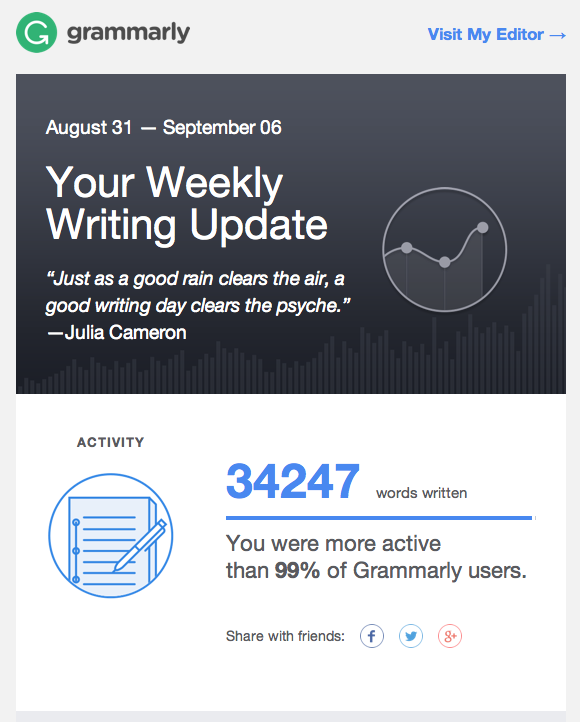
These emails are sophisticated. The personalized report is the foundation – this is how Grammarly users measure their progress – but it also opens the door for highly targeted marketing.
Read all of the details about Grammarly’s email strategy in our post from last week: How Grammarly Built an Email Product Users Love.
Grammarly serves content based on each users’ writing mistakes. Users who make more than 100 mistakes in a week and flagged as potential premiums users and see calls to action. If no data was tracked, the user receives a retention email instead.
In the rest of this post, we’ll look at how a few businesses are using recurring, automated, personalized emails to extend their product into the inbox.
Quora: The Daily Email Product
Wren Lanier, the design and UX lead from Highrise, said: “In a perfect world, all the emails I receive would be this interesting.”
The Quora newsletter, which is delivered to all users each morning, didn’t become great by accident. Co-founder and CEO Adam D’Angelo told GigaOM that they removed serendipity from the equation by writing an algorithm to collect and deliver the best content.
I wanted to make something that people would read. What I didn’t want was something that was an annoying little email. It took awhile, but it has paid off. We had two people who worked on it (in a dedicated fashion) for a month, though we had been working on-and-off on it for nearly a year and a half. The email essentially looks at what people are reading and engaging (with) the most on Quora.
The email is great for many reasons. We’ve referenced it on this blog for its use of social proof, interesting subject lines, and user-generated content.
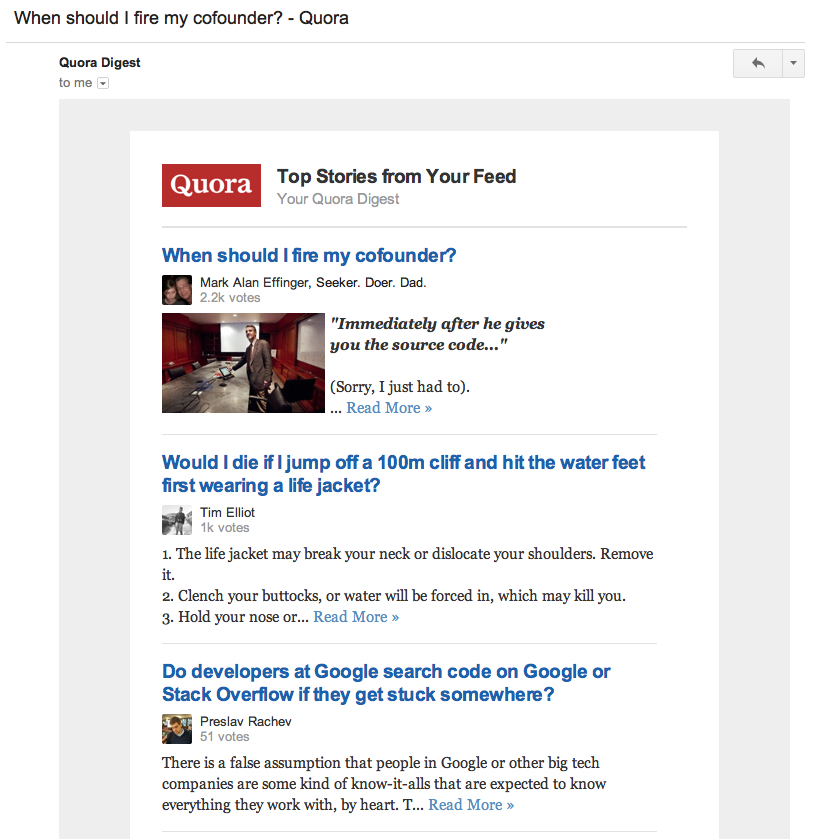
Those are great ways to engage readers, but the foundation of this hugely successful email product is data. Quora relies on an algorithm to identify the most interesting content based on each users’ interests and behavior. The algorithm even pulls the best answers and images to entice readers to click. No two users receive the same email.
For most Quora users, this is the product. They don’t check the site every day, but they do open the email digest and read trending questions and answers. The algorithm ensures that the newsletter is always interesting and that Quora doesn’t have to manually curate an email every day. Personalized, data-driven and interesting-exactly the way email should be.
Mint: A Monthly Snapshot
Just like Grammarly, Mint uses a recurring email report as a retention/engagement hybrid. Mint pulls data from your account to provide an overview of your spending and investments.
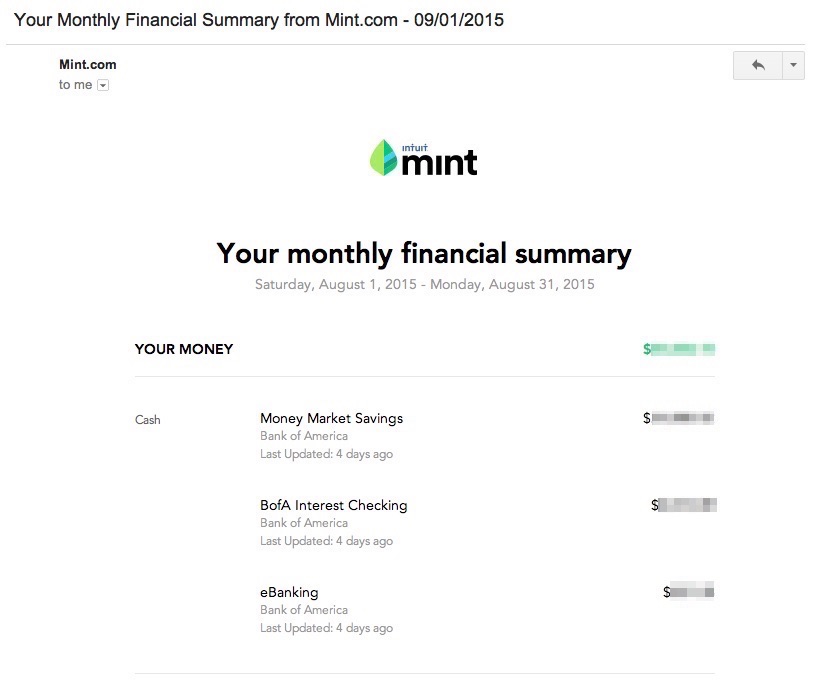
Nearly all product companies have data that can be shaped into a report. Condensing it into a short, recurring email is the easiest way for users to actually understand it. Sending it on a regular basis promotes the habit of checking in with your product. Done well, great recurring emails can be a valuable selling point for your business.
Mint’s emails are comprehensive. Users love the product because it helps them keep track of their finances and identify where they can save money. It tells a story that users can relate to.
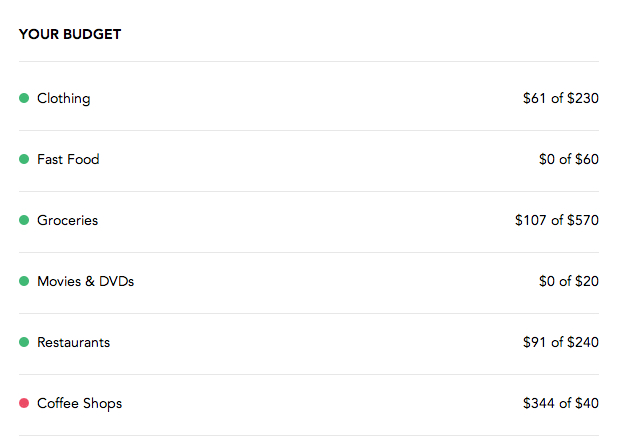
Quora can send emails every day, but Mint can’t. It wouldn’t add value to the user experience. Sending these emails once per month gives users the best perspective on their money. It adds value to Mint’s product but doesn’t replace the web or mobile apps.
The strategy also gives Mint breathing room to send other emails. They send a mix of product updates, content and retention emails like the one below.
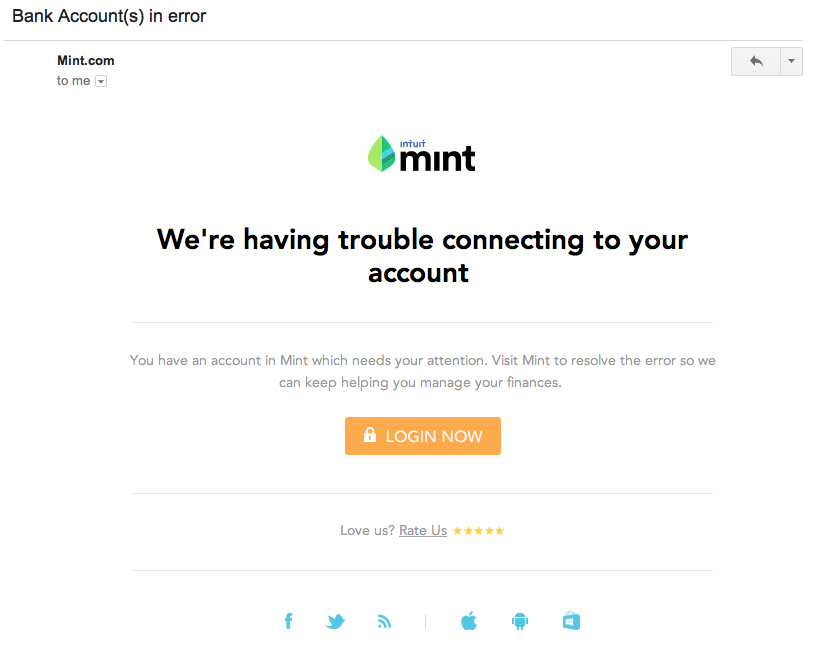
Marketers tend to overstate their own importance. Mint keeps things in perspective by sending only a handful of useful, personalized emails each month.
Positionly: Email as a Product Feature
At Positionly, email is part of the product offering. Customers can request reports to be generated on a recurring basis and delivered by email.

Positionly runs the reports as requested, exports the data into a PDF and CSV, and attaches the files to an email1. They don’t beg users to opt into emails. Instead, they make an email so valuable that their customers want them.
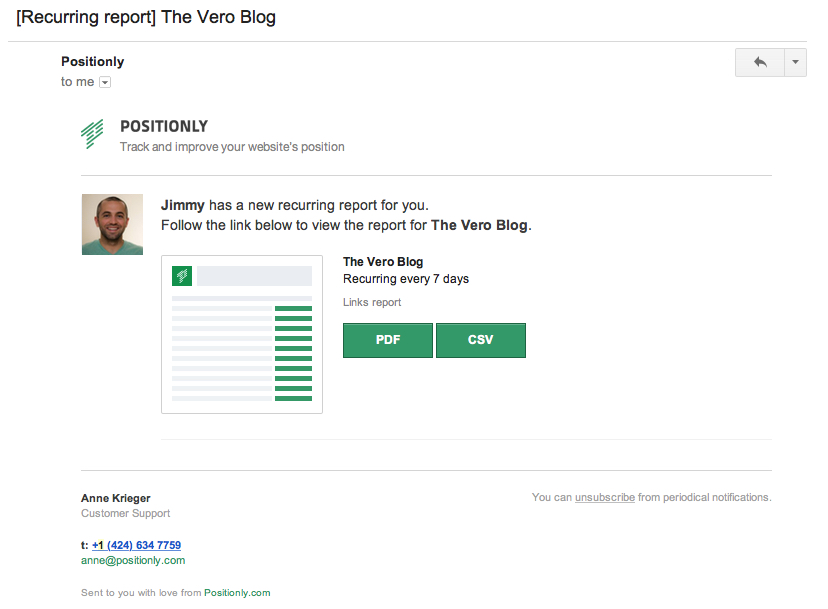
This email may seem understated. What exactly is so special about it?
Positionly is thinking bigger about email. Their emails are a useful extension of the product. Do they serve as an engagement and retention tool as well? Sure. But the premise of these messages is focused squarely on utility.
As Y Combinator president Sam Altman says, “Your job is to build something that users love.” That means a great experience on the web, mobile devices, and the inbox.
Recurring Email Best Practices
At Vero, we’ve just released the ability to create recurring newsletters that are sent on a daily, weekly or monthly schedule. You can enable these in our Vero Labs area (if you sign up for a trial you can access this too).
In releasing this feature, we’ve talked to our customers and thought a lot about the sorts of campaigns we want to help our customers create. Here are a few best practices for implementing behavioral emails.
- Treat email like a part of your product, not a marketing channel. This mindset change affects everything from subject lines and body copy to functionality and utility.
- Start with low-hanging fruit. Usage reports and digests are good places to start since they require your product and marketing teams to collaborate. This will require ensuring you track user properties or pull in data from an external API or web feed (which is why we built our External Attributes feature). This process will mean engineers and marketers working together, which helps ensure your emails are tightly aligned with your product strategy. It proves that you insist on a great experience for your users.
- Explore cutting-edge technology. Wouldn’t it be cool to build a live Twitter stream into a conference email? Or take advantage of structured data to integrate your emails with other apps? Or even create interactive menus for mobile emails? Get your team excited about trying something new and pushing the boundaries.
There are a huge array of things you can implement with recurring newsletters. We’re excited to start helping companies do more.
More Recurring Email Inspiration
To round out this post, I wanted to share some more inspiration. Here are a few other companies sending great personalized, recurring emails.
SumoMe

Buffer
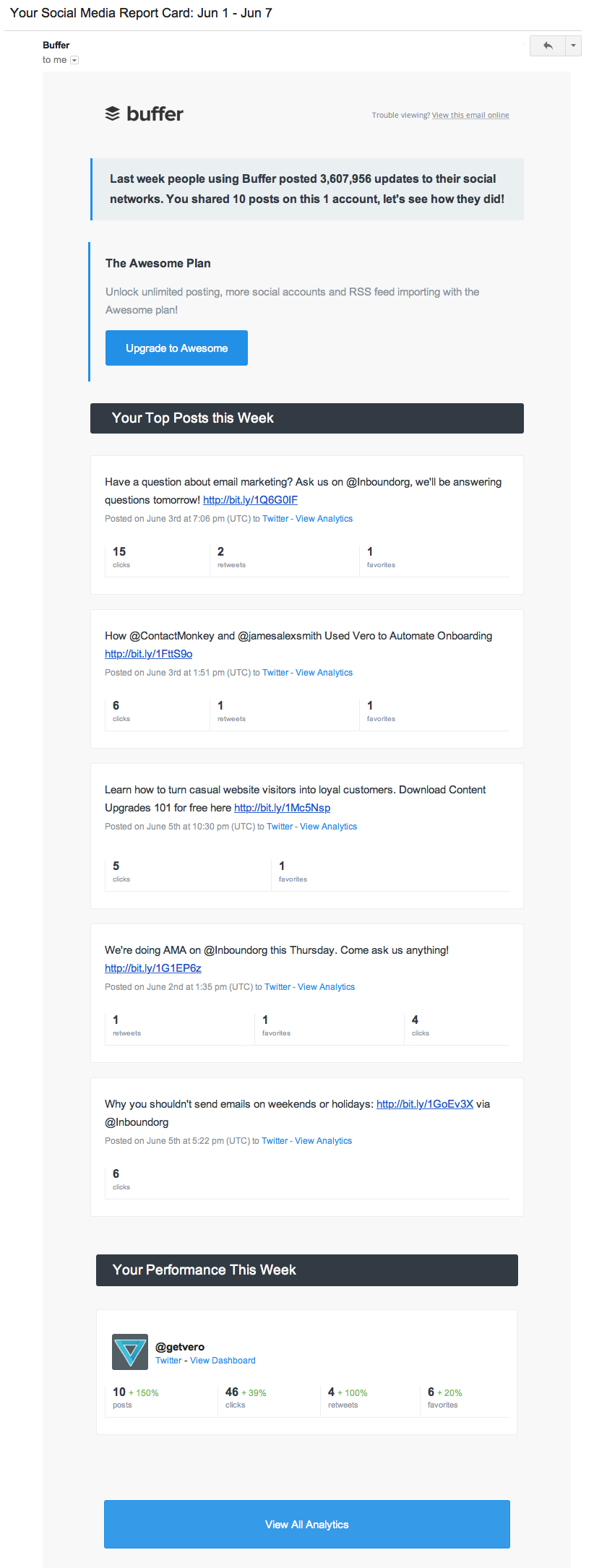
TripAdvisor
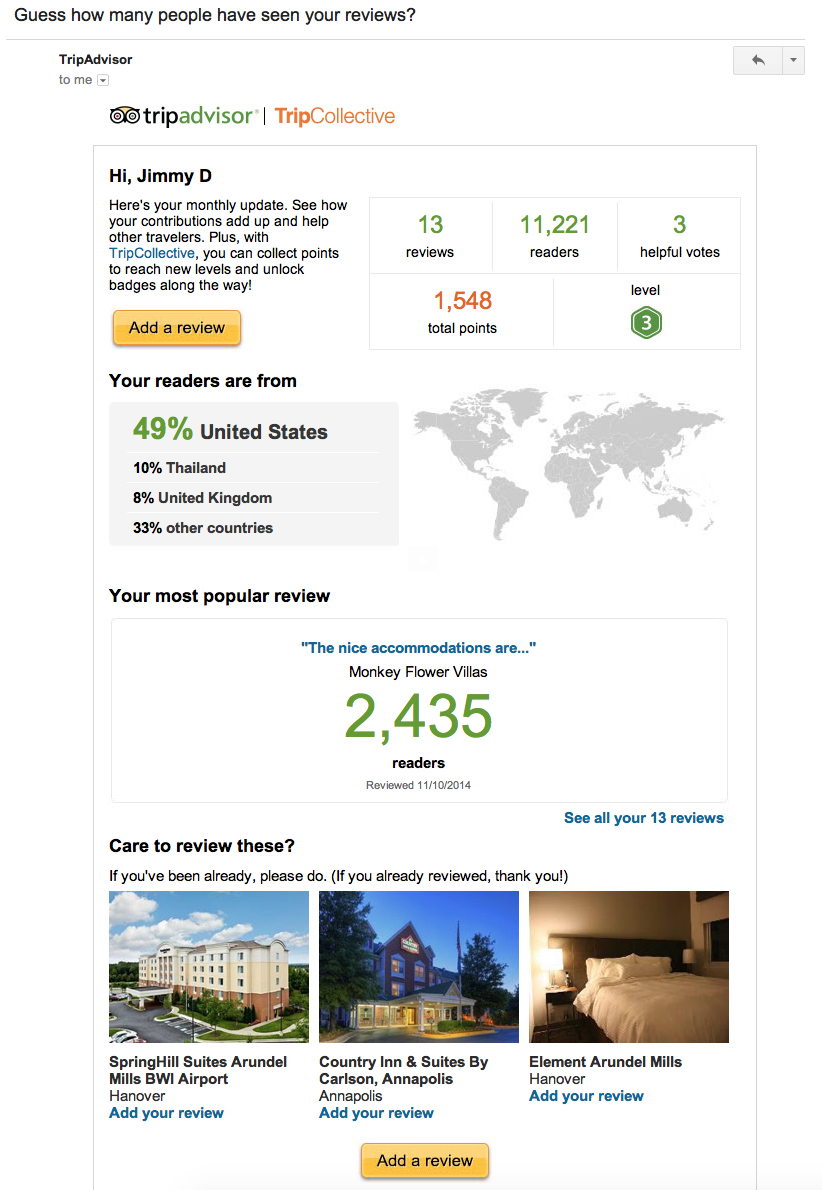
Growth Hackers

iDoneThis
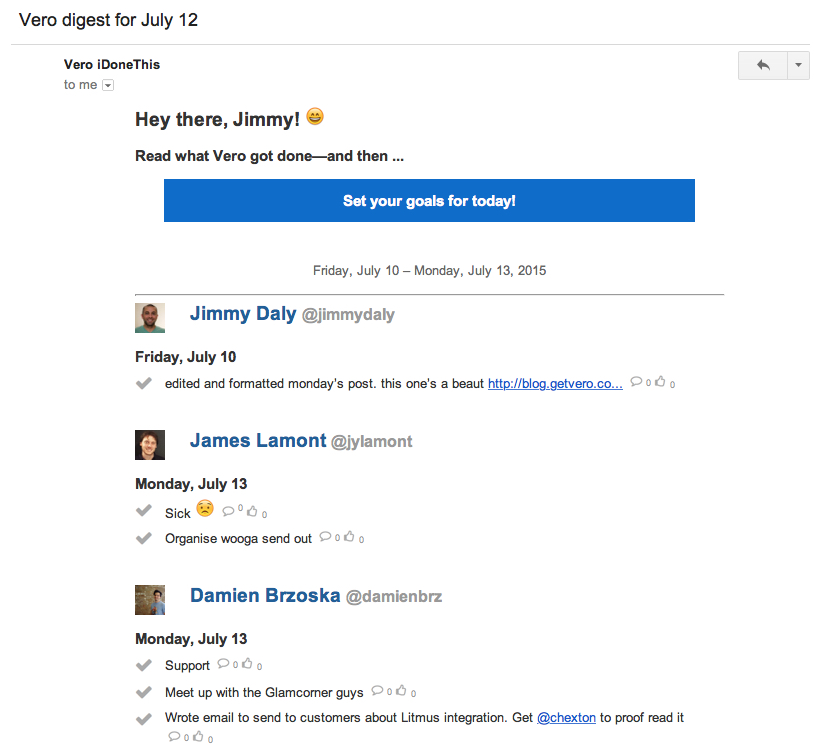
Google Docs

Footnotes
1. Vero users can attach unique attachments in automated campaigns and bulk newsletters. Read more.

